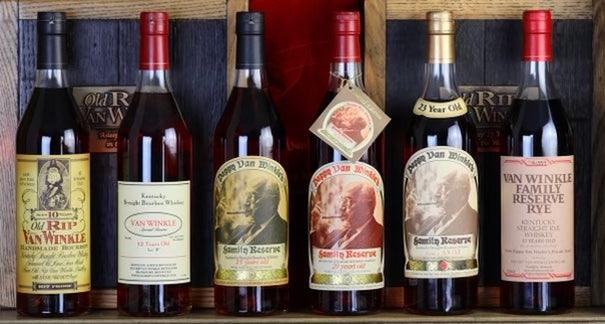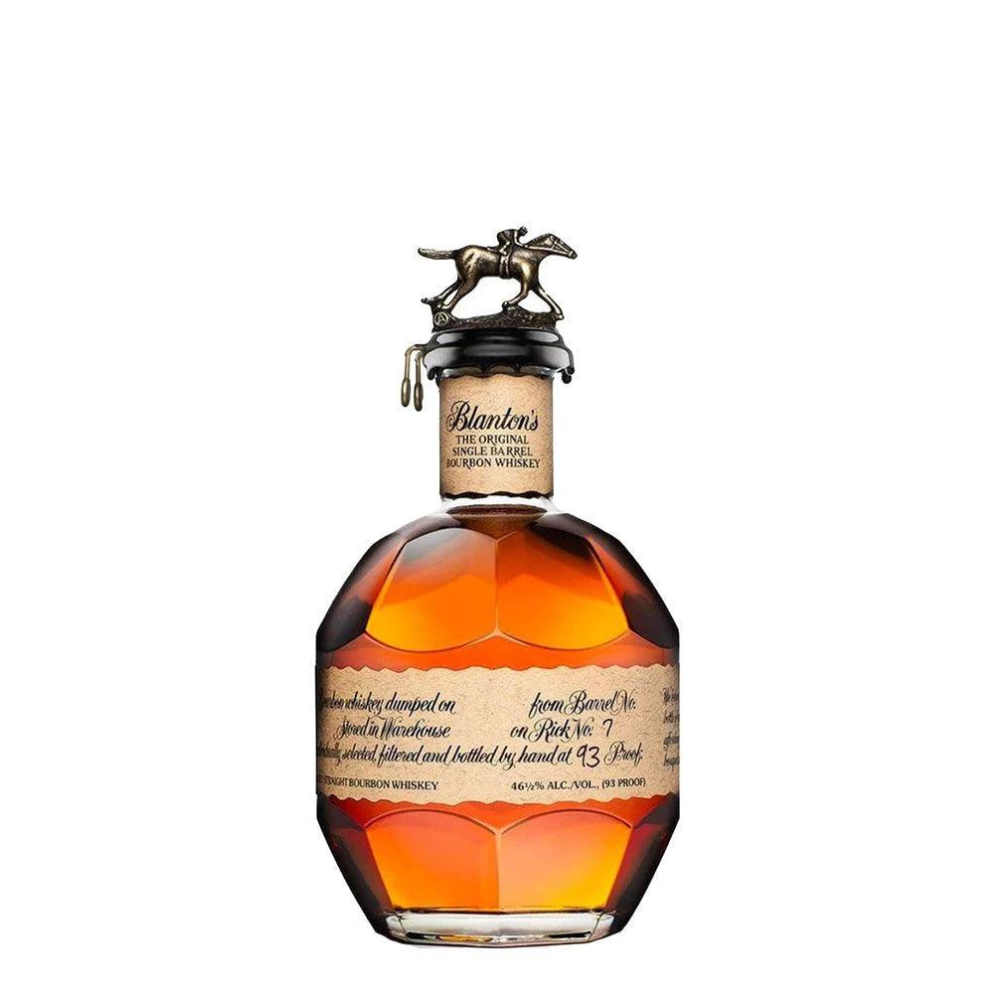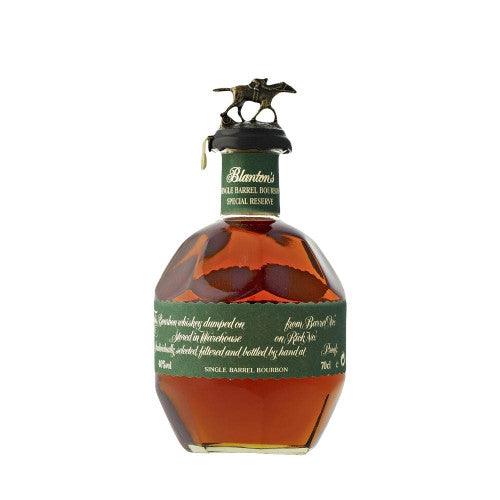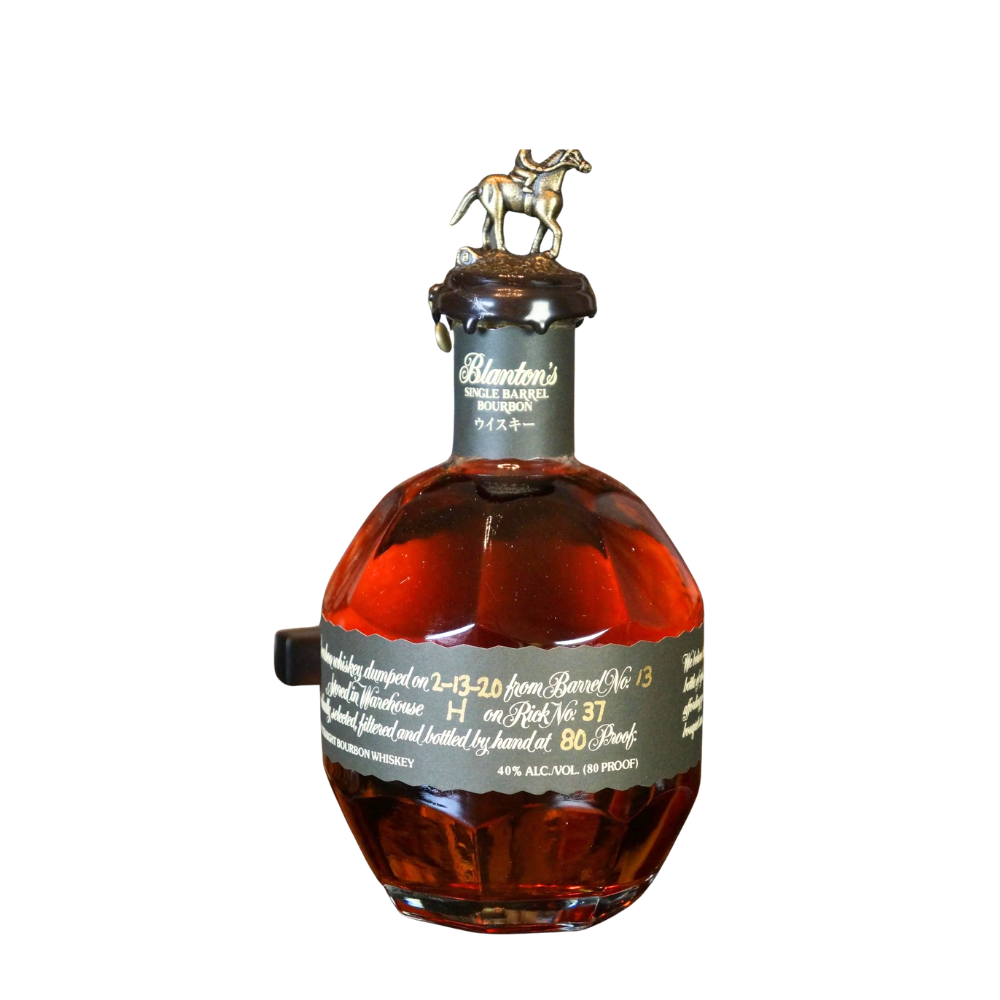
5 Things You Should Do Before Tasting a Good Bourbon
With years of experience in the world of spirits, we’ve learned that tasting bourbon requires a unique approach. Unlike simply enjoying a drink, a proper bourbon tasting is about fully immersing yourself in the experience. The right preparation is key to unlocking the full complexity of each bottle, whether you’re a seasoned taster or just beginning to explore bourbon.
Tasting bourbon is more than just sipping—it’s about discovering the story behind each bottle. By following a few simple steps, you can uncover the intricate flavors that make bourbon so remarkable. Let’s dive into everything you need to know to prepare for an unforgettable tasting experience.
1. Set the Scene
First and foremost, tasting bourbon requires the right mindset. Unlike casually sipping, a proper tasting session is a deliberate and sensory-driven experience. The key is to slow down and focus on each aspect of the bourbon, taking time to appreciate its complexity.
There’s no right or wrong way to enjoy bourbon, but the best tastings happen when you allow yourself to be present, free from distractions. Tasting bourbon is a personal experience, and the most important opinion is your own. So, set aside comparisons to what others may say about a particular bottle, and instead, focus on discovering what you enjoy.
2. Choose Your Vessel
Your choice of glass can make a big difference in how you experience bourbon. Glassware designed specifically for nosing and tasting, like the Glencairn or a snifter, is ideal because it funnels aromas toward your nose. However, if you’re just getting started and don’t have specialized glasses on hand, don’t worry. A standard wine glass or even a rocks glass can work just fine.
What’s important is that the glass is clean, dry, and allows you to bring the aromas to your nose. While you might see plenty of fancy glassware options out there, know that any glass with enough room to swirl and sniff will do the trick. If you’re using a favorite glass that’s not typically used for bourbon, you’re still on the right track as long as it enhances your enjoyment.
3. Pouring the Right Amount
When pouring for a tasting, one ounce is the sweet spot. This amount provides enough bourbon to fully experience its complexity while still leaving room to evaluate different facets of the spirit.
Remember, when tasting, start with bourbon in its purest form—no ice, no water. Adding these elements comes later in the process, but you’ll want to first appreciate the spirit exactly as it is, straight from the bottle.
4. Look Before You Sip
Before taking a sip, take a moment to visually assess your bourbon. The color, clarity, and texture of the spirit can tell you a lot about what’s in your glass. Hold your glass up against a neutral background, like a piece of white paper, to better observe the bourbon’s hue.
Is it a rich amber or a lighter golden color? Darker bourbons tend to have spent more time in the barrel, while lighter ones may be younger. Look for any particulate matter in the glass—though rare in premium bourbons, this could indicate either a special bottling method or an older bottle.
Spending a few seconds on this step can give you hints about what you’re about to taste, helping you set expectations for the depth and richness of the bourbon.
5. Breathe It In
Next comes the crucial step of nosing your bourbon. This is where you begin to unlock its aromatic profile. Bring the glass to your nose, but here’s a tip—slightly part your lips while you inhale. This helps prevent the alcohol from overwhelming your senses and allows the subtler aromas to shine through.
Focus on inhaling through each nostril separately, as one side might pick up different aromas. Don’t rush this part—take the time to really explore the layers of scent. Try to identify three fruit notes and three non-fruit notes. You might find hints of apples, citrus, or berries alongside more complex aromas like caramel, vanilla, or spices.
These aromas are tied to sensory memories. Does it remind you of a specific place or moment? The more you practice nosing bourbon, the better you’ll become at pinpointing these unique characteristics, enhancing your overall tasting experience.
Ready for that First Sip? Dive Deeper into Bourbon Tasting
Now that you’ve prepared your bourbon and engaged your senses, you’re ready to fully dive into the tasting experience. Tasting is where the real discovery happens—you’ll learn how to interpret flavors on your palate and appreciate the unique characteristics that make each bourbon special.
Remember, preparing for a bourbon tasting isn’t just about having the right glassware or tools—it’s about setting the right environment and approaching each pour with curiosity and focus. With the right preparation, you’ll elevate your tasting experience and truly connect with the story behind each bottle.
Ready to explore more? Whether you’re new to bourbon or a seasoned enthusiast, our selection of premium bottles offers something for every palate. Discover your next favorite bourbon and enhance your tasting journey by shopping our curated collection. Cheers to uncovering your next great pour!
Share





